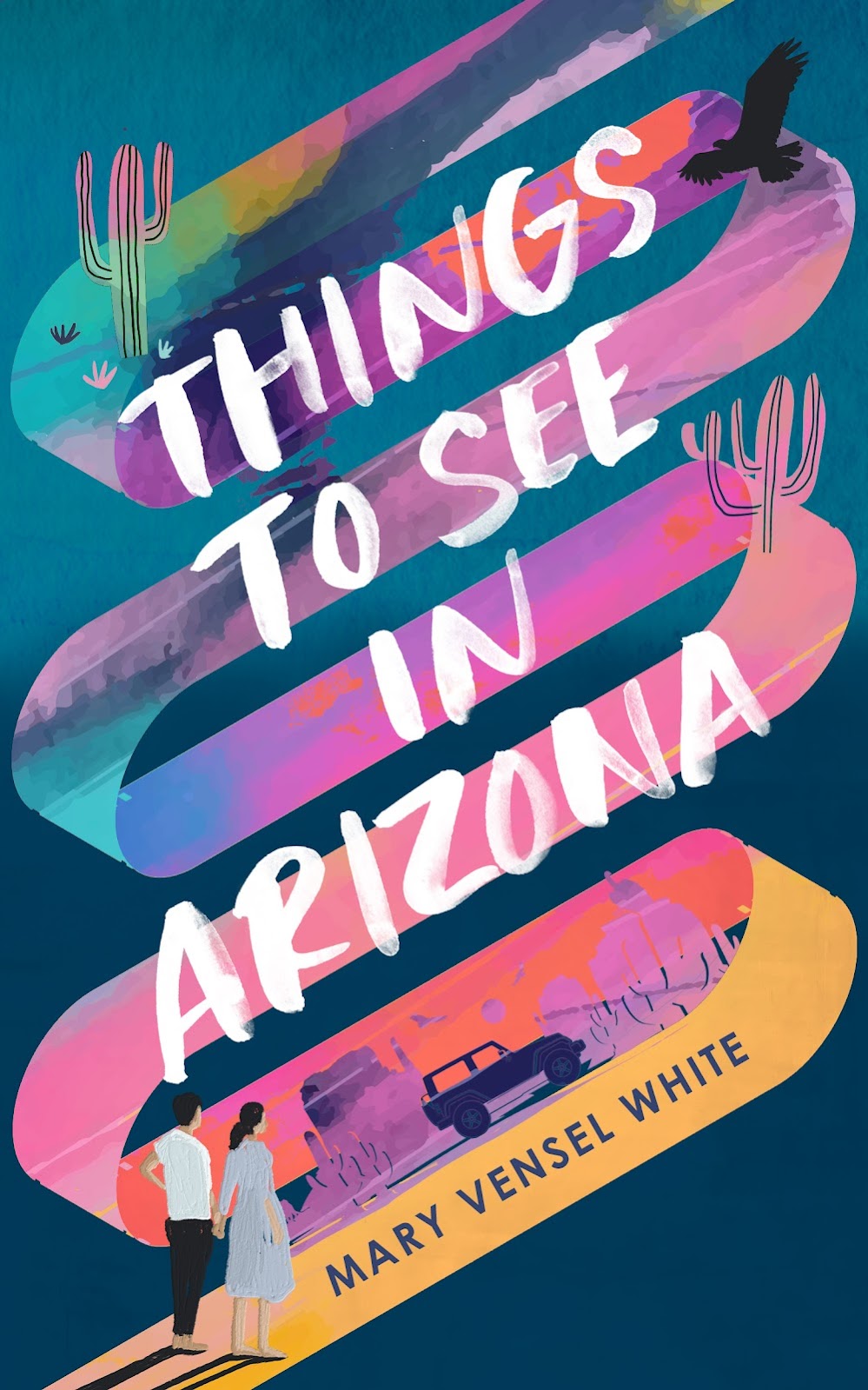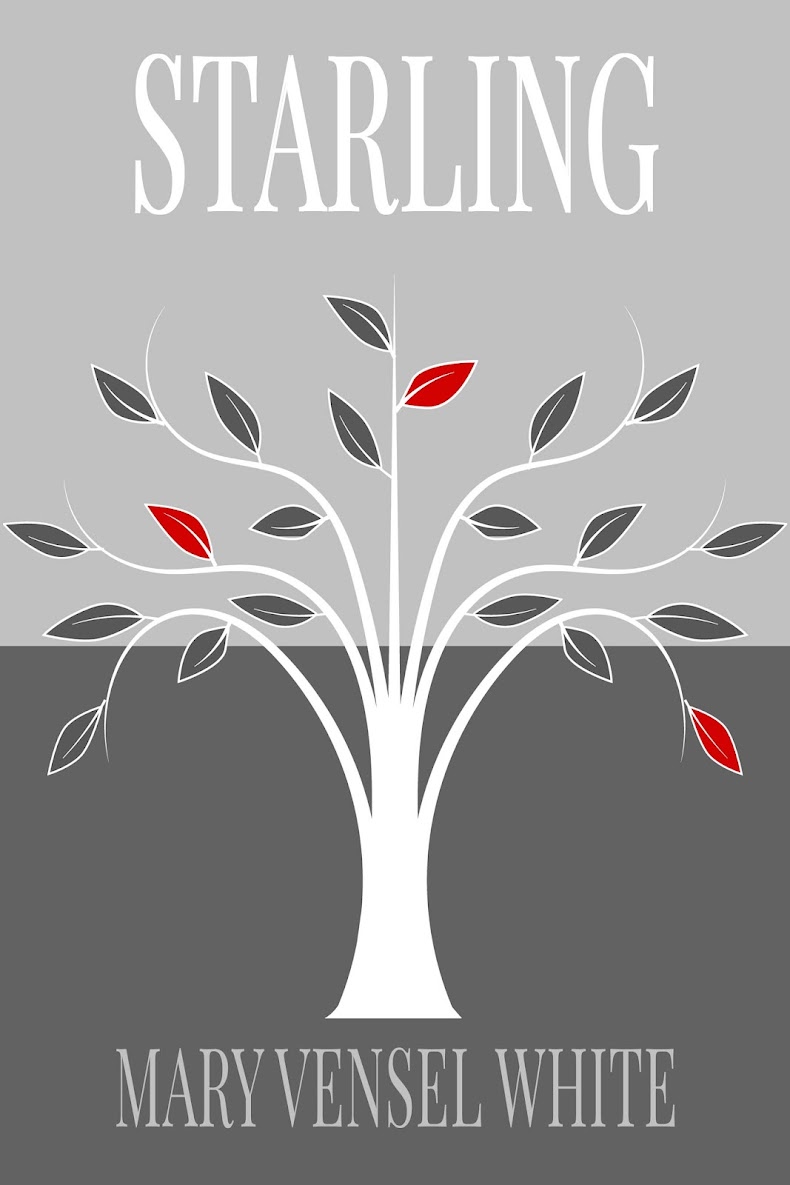I should qualify this “Best of 2012” list by saying that I’ve read only a few of the books that are circulating on most of the end of year lists. Like most average readers, my reading throughout the year includes old and new, suggested and found, serious and not-so-serious. So, my best of 2012 is basically a best of whatever hodge-podge of books I read this year.
I have to give a shout out to Goodreads, because it has made keeping track of what I’ve read very easy. If you’re not a member already, hop over and take a look. Make sure to send me a friend request here and of course, add my own novel to your list while you’re there.
And because naming a group of favorites is difficult enough for me, I give you these in no particular order. All of them resonated with me; all garnered 5 stars for one reason or another. I’m very pleased, too, that the list has turned out to be very diverse. I credit my book club and my author friends for continually exposing me to books I may not have chosen myself.
An emotional picaresque set in the American West about Monte Becket, a writer who’s lost his will to write. He makes an unlikely friend and the two set out on a mission that will change Monte forever. I had read Enger’s best-selling Peace Like a River and loved it. I liked this one even more. His writing is straightforward but evocative and the story operates on so many levels, it’s incredibly fulfilling. And I cried.
Another story from (Mid)western America, the first novel by one of my favorite writers. Edith Goodnough, an elderly and beloved citizen of a small town, is in the hospital, awaiting trial for murder. The novel unspins from there, examining the characters around her and how and why each is connected to this event. Perhaps not as polished as later novels by Haruf, but great nonetheless.
A 2012 release! The novel opens on Pasquale, a young man trying to build a beach to attract American tourists to his family’s hotel in a sleepy Italian town. When a disturbed Hollywood actress arrives, the chance meeting sets into motion a chain of events that will take decades to resolve. The story moves back and forth in time, from Hollywood of the 1960s and the isolated Italian village where news of movie stars seeps in, to current day, when modern notions of celebrity and success can dilute even the purest of artistic sensibilities. Elegantly written, a beautiful book.
A crazy, passionate novel that is hard to categorize. The story involves another unlikely friendship, between a smart but troubled adolescent, Valentina, and Lucas Giraut, who has recently inherited his family’s company but has to battle his ruthless mother in the process. As Lucas tries to piece together his past from clues and dreams and interactions with his horrible mother, Valentina hides from life by obsessing about Stephen King. Funny and sharp, surprising and fresh, I really could not put it down.
A funny and touching memoir about a boy’s relationship with his eccentric Texan mother. After his father’s abandonment when he was seventeen, he’s forced to leave the encompassing influence of his mother and discover a bit about himself and life on his own. Publisher’s Weekly called it a “laugh-out-loud tale of dysfunction and discovery (that) is a compulsively readable treat.” I can’t do much better than that. A very funny, enjoyable book that I couldn’t read fast enough.
I was lucky enough to get my hands on two novels by my very favorite writer this year. I’ll include both in this entry so my list doesn’t seem biased! This one is about Arvid Jansen, a man weathering three tragedies at once—the end of his marriage, the dismantling of the Berlin Wall, and his mother’s fatal cancer. Petterson has an ability, through modest but poetic writing, to pull you into a story, a life, gently but firmly. What can I say? He’s my favorite writer. I also read It’s Fine By Me, which was recently released in English. I loved that one too, but maybe slightly preferred I CURSE THE RIVER OF TIME. I was depressed after finishing both, knowing I’d have to wait a while for another.
Years ago, I chose McGregor’s lauded first novel, If Nobody Speaks of Remarkable Things, for my book club and loved it. I’ve had this book on my shelf for some time and could kick myself for waiting so long to read it. In both books, McGregor distills small events, small happenstances, small objects, until a larger perspective emerges. This novel is about David Carter, curator of a history museum and of his own private collection of memorabilia and the flotsam of a family. When a secret is revealed, David is forced to reexamine the living history he has written for himself.
This classic book was a re-read for me, having been chosen by my book club this year, but I have to mention it because of its stunning effect on me. I remembered liking the book but on this second read, was completely blown away by this story, this writer. The novel centers around Singer, a deaf mute in a small Southern town, and the characters in his orbit. It’s about isolation and loneliness, relationships and estrangement, and the search for beauty and art amidst tragedy and suffering. Heady stuff, perhaps, but really an indescribable book that will stay and stay and stay. If you haven’t read it recently or ever, give it a try. A book that easily makes my top five favorite books of all time.

I’m thrilled to end my list with three self-published titles that should have been picked up by larger publishers (and maybe will be, eventually). Among these, WALK TO PARADISE GARDEN was my favorite, a story that spans the 20th century, amazing in its scope. Above all else, it’s the love story of John and Evie. But it’s also historical fiction, drama, a crime novel of sorts, and at times, a travel narrative. It put me in mind of sweeping sagas from another era, as we follow John and Evie through their lifetimes and from one foreign setting to another. From the Belgian countryside devastated by World War I to France during the Folies Bergere era, to industrial Chicago and its early blues scene—the author’s ability to bring alive all of these places was remarkable. A satisfying read on every level, a story I was sorry to leave. I’ve recommended this book to several readers who have enjoyed it as much as I did, and you can get the Kindle version for an unbelievable price.
A bird’s eye panorama of a small Southern town and an intimate study of its inhabitants. The story is full of wonderfully drawn characters but centers on the Sayre family: father John, tormented by a past mistake and about to experience a brief rejuvenation, mother Frances, a loyal wife beginning to have many doubts, and their son Timothy “Buckshot,” an imaginative, honest child. Outside the family, forces press in: the local KKK branch has started up again and the natural world continues its predator/prey order. A touch of Southern Gothic in this exquisitely drawn world, a truly wonderful read. Also a very affordable option for your Kindle.
This novel was a favorite at the authonomy.com site, which is peopled with mostly writers and yet, I can’t imagine anyone not thinking it's funny. Jona Gold is a poet and a dreamer, spending his days conducting imaginary conversations with deceased literary greats and punctuating his mundane existence with uncontrollable outbursts of poetic insight. And he’s one of the funniest characters I’ve ever met. It reminded me of A Confederacy of Dunces, and yet, Levin delves in deeper, darker territory. It’s a mediation on art and the burden of creating it, and an exploration of life and death itself, as Jona hones his suicide note and returns in his mind again and again to the sensory experience of a grave of rotting oranges. I raced through this book, one of the funniest things I have ever read. Truly.




















